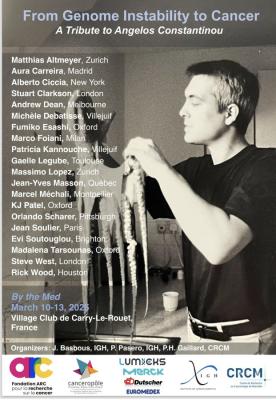The regulation of gene expression is crucial for all living organisms. Much of our understanding of the regulation of gene expression comes from early embryonic development in Drosophila melanogaster. However, understanding the regulation of gene expression is challenging due to the need to capture expression levels and patterning information simultaneously. Upon conducting single-nucleus RNA-sequencing in maternal null dCTCF, an insulator protein, embryos we found that early embryonic nuclei can be grouped into distinct clusters according to gene expression and these clusters correspond to spatial regions of the embryo. In addition, we reveal local changes in gene expression between control and maternal dCTCF null nuclei with no detectable differential expression in bulk. These results highlight the potential for single-nucleus RNA-sequencing to reveal new insights into the regulation of gene expression in the early Drosophila melanogaster embryo.
The questions surrounding embryonic development, such as how genes are transcribed and messages are directed, are also relevant to patterning in individual cells. Stentor coeruleus, was a classic model system for investigating subcellular patterning until the mid-20th century, because of its large size, manipulability, and ability to heal wounds and regenerate. These properties are ideal for investigating subcellular patterning because the cell can be easily cut into smaller pieces that can regenerate and be analyzed using genomic methods. One possible mechanism of cellular patterning in such a large cell is differential RNA trafficking along the A-P axis, where RNAs encoding anterior proteins would travel in one direction and RNAs encoding posterior proteins in the other. By physically bisecting Stentor and conducting half-cell RNA-sequencing, we identified enriched sets of messages in the anterior or posterior halves. Disrupting the longitudinal microtubule bundles around the cell with β-tubulin RNAi altered the regionalized distribution of mRNA. Some messages switched their distribution from anterior-enriched to posterior-enriched or vice versa. This work demonstrates that mRNA is regionalized in a giant cell and suggests that microtubules may serve as tracks for message movement.



